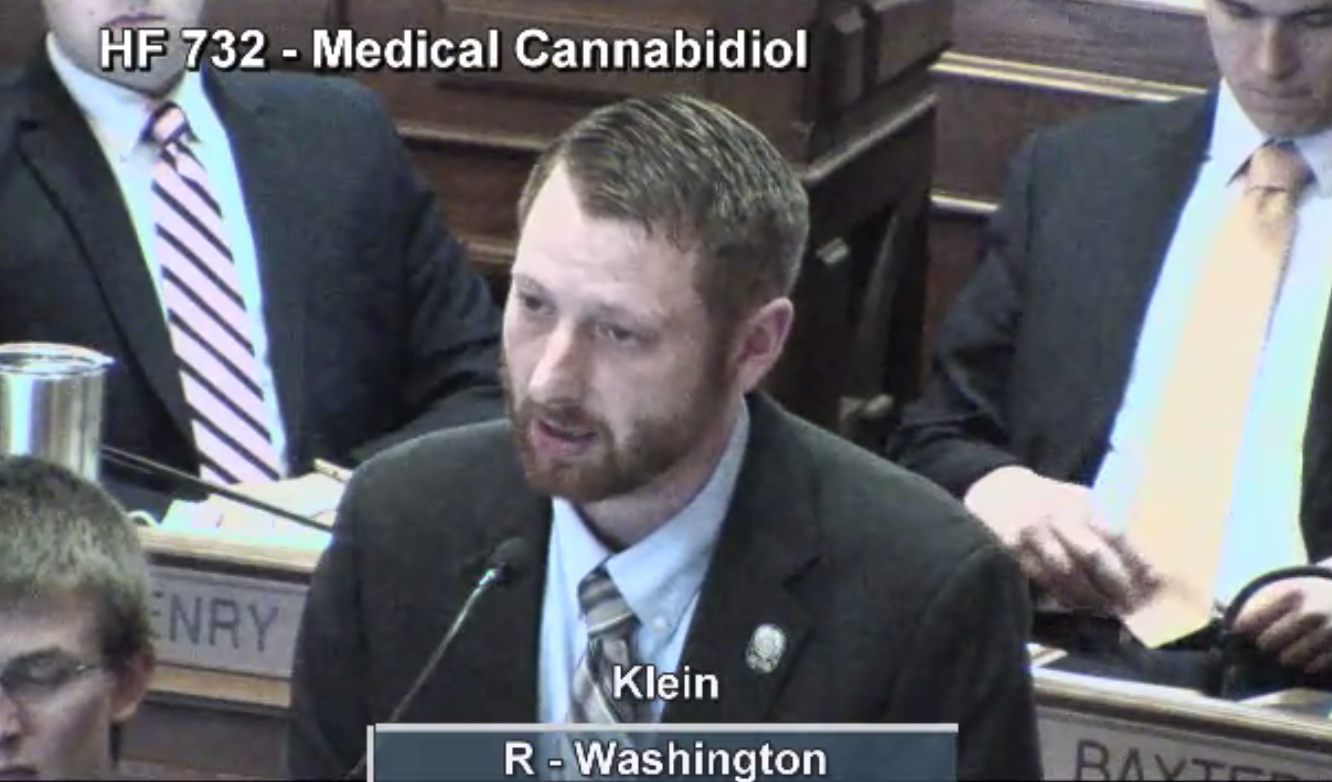Leland Searles is a photographer and ecological consultant with expertise in botany, hydrology, soils, streams, and wildlife. -promoted by Laura Belin
“The only thing we learn from history is that we learn nothing from history.” (Georg Hegel, German philosopher)
There are too many potential topics for this blog, the third in a series, and that leads to a certain amount of indecisiveness. Until something happens. That something is the flooding that has already occurred in the Midwest this year, and the expectation of more to come. So far, western Iowa, eastern Nebraska, and northwestern Missouri have experienced the worst of it, with a much larger area affected to some extent.
The degree of flooding in the Missouri basin this year is nearly unrivaled in the record books. Still, I want to push this point: we should have known, and we should have acted to prevent it or mitigate it. Dams do not work in the long run, and when the system of dams was built along the Missouri in the 1940s and 1950s, the year 2019 was a long time off. We are now in “the long run” that no one then foresaw.
Continue Reading...




















